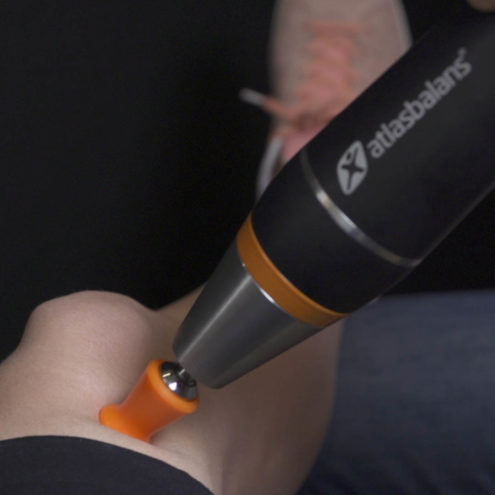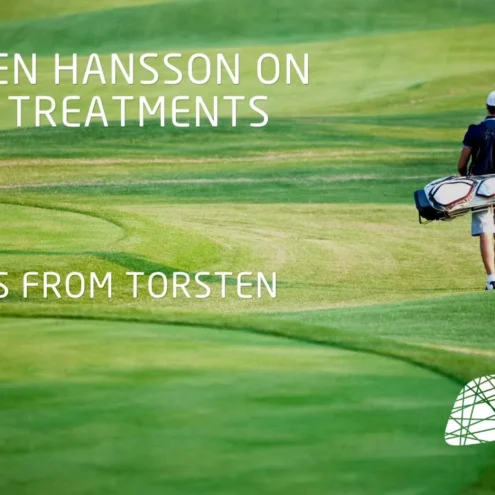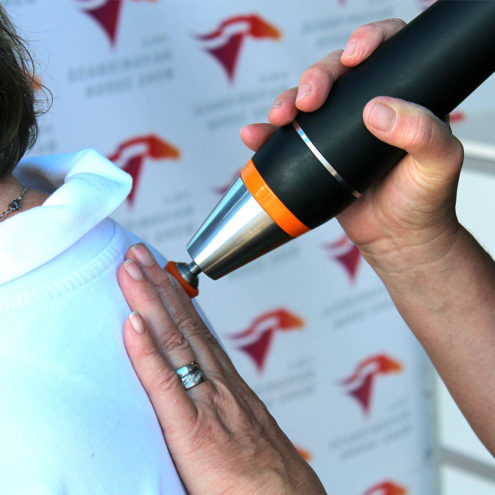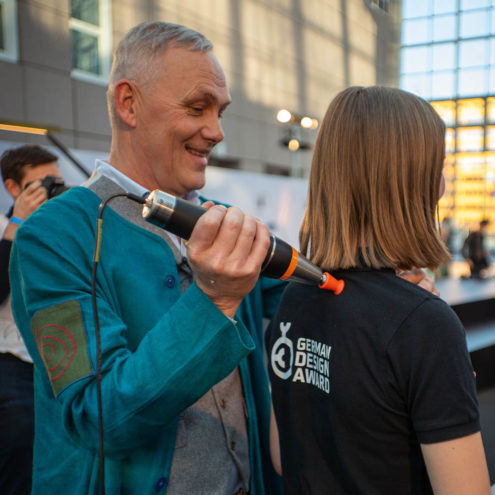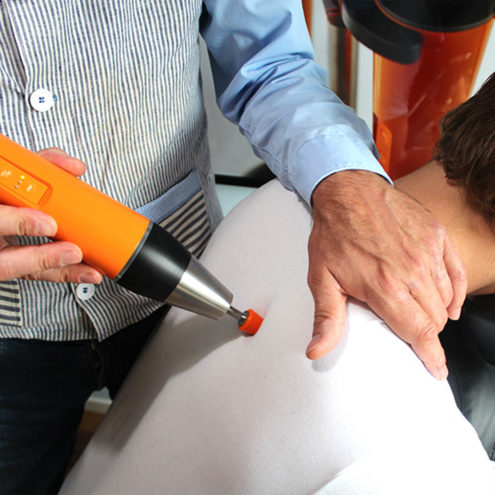Supraspinatus: Function and Injuries

What is supraspinatus?
Description of the supraspinatus muscle and its location in the scapula
The supraspinatus is one of the four muscles that make up the rotator cuff, a muscle group that plays a central role in the function of the shoulder joint. This muscle originates in the supraspinatus fossa, a depression on the upper part of the scapula. The supraspinatus then runs through a narrow passage under the acromion, a bony structure protruding from the scapula, and attaches to the upper part of the humerus on the tuberculum majus. This location makes the muscle particularly vulnerable to injury, as the space between the acromion and the humerus is limited, which can lead to pinching or other problems.
Role in shoulder joint mobility and stability
The main functions of the supraspinatus are to initiate abduction, that is, to lift the arm outwards from the body. During the first 15 degrees of this movement, the supraspinatus is particularly active before the deltoid muscle takes over as the main force. In addition to enabling mobility, the supraspinatus acts as a stabilizer for the shoulder joint by holding the head of the humerus (caput humeri) in place in the glenoid cavity of the scapula.
Common supraspinatus injuries and problems
Inflammation and overuse of the muscle and its tendon
Because the supraspinatus is subject to significant strain and movement, it is also vulnerable to overuse and inflammation, especially in the tendon that attaches the muscle to the humerus. Supraspinatus tendinopathy, or inflammation of the tendon, is a common problem, especially in athletes and people who perform work with their arms above their heads, such as tradesmen. The inflammation can lead to pain and reduced function, limiting the person’s ability to use the arm in everyday activities.
Development of supraspinatus tendinitis and its symptoms
If overuse continues without adequate rest or treatment, supraspinatus tendinitis can develop. Tendonitis involves a long-term inflammation of the tendon, which can cause degenerative changes in the tissue. Symptoms of supraspinatus tendinitis include pain, especially with movements where the arm is lifted or rotated outwards, weakness in the shoulder and sometimes a feeling of stiffness or reduced mobility. In some cases, the tendonitis can worsen to a partial or complete rupture of the tendon, leading to more severe disability and requiring more extensive treatment.
Treatment of supraspinatus-related injuries
Rest, Ice, Compression and Elevation (RICE) for acute injuries
For acute supraspinatus injuries, such as overuse or mild inflammation, the so-called RICE (Rest, Ice, Compression, Elevation) method is often recommended. Using this method can reduce pain and speed up the healing process. However, this initial treatment should be followed by additional measures to ensure full recovery.
Physiotherapy to strengthen the muscle and improve biomechanics
After the acute phase, it is important to start physiotherapy to regain full function of the shoulder. A physiotherapist can develop an exercise program that focuses on strengthening the supraspinatus and the other muscles of the rotator cuff, as well as improving the biomechanics of the shoulder. Exercises involving controlled movements and light loads can help restore strength and flexibility, while reducing the risk of recurrent injury. In addition, stretching and mobility training can be important to regain full range of motion and avoid future problems.
Possible surgical intervention in case of serious injuries or tears
In cases where the supraspinatus tendon has suffered a serious injury, such as a major rupture, surgery may be necessary. Surgery may involve stitching the tendon back to the bone or removing damaged tissue to reduce pain and restore function. After surgery, a period of rehabilitation is often required, focusing on gradually regaining strength and mobility. Post-operative rehabilitation can be lengthy, but with the right treatment and patience, most people can return to a high level of functionality.
How can we help you with your supraspinatus problem?
At the FasciaClinics, we specialize in seeing and treating the body from a holistic perspective. We perform fascia treatments, a highly effective wellness treatment that focuses on treating and maintaining the fascia in our body. The fascia is the network of connective tissue that binds and permeates everything in our body. All cells, tissues (even bone tissue), muscles and organs contain fascia. A fascia treatment removes tightness in the fascia and increases circulation in the muscle, which helps the body heal. The treatment is not painful and is often very pleasant.
During the visit, we analyze the whole body to see where compensations and imbalances are and how they have spread. If there is an imbalance in the body, there is a risk that they will spread and affect other structures. That’s why it’s very important to seek help quickly as soon as you experience any symptoms.
For supraspinatus problems, we adjust the pelvis and spine to improve posture. We also work with the entire rotator cuff, neck and chest. The goal is to improve the mechanics of the scapula and reduce tension in the supraspinatus.
In case of a torn tendon, seek emergency care immediately. Remember to follow the doctor’s and physiotherapist’s treatment plan. Fascia clinics are not involved in medical care, but in wellness.
 Search
Search

